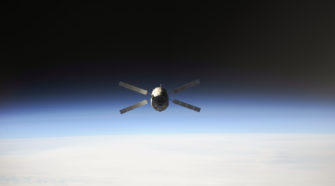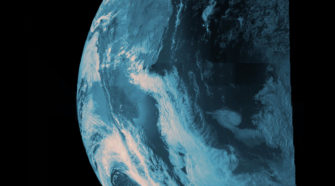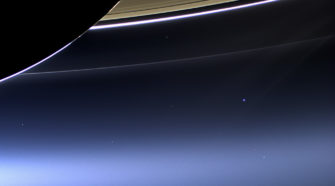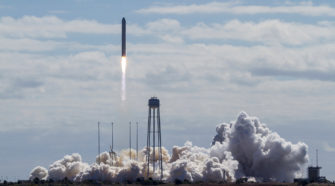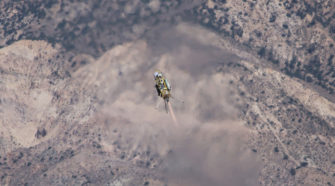Earth
Fiery end for ESA’s ATV Albert Einstein
ESA’s fourth Automated Transfer Vehicle cargo ferry, Albert Einstein, completed its five-month mission to the International Space Station by reentering the atmosphere today and burning up safely over an uninhabited area of the southern Pacific Ocean. Automated Transfer Vehicles (ATVs) are the most complex space vehicles ever developed in Europe and are the largest and …
Juno’s flyby portrait of Earth
This false color composite shows more than half of Earth’s disk over the coast of Argentina, South America and the South Atlantic Ocean as NASA’s Juno probe slingshotted by on Oct. 9, 2013 for a gravity assisted acceleration to Jupiter. The mosaic was assembled from raw images taken by the Junocam imager. Juno will arrive …
Cassini images Earth beneath Saturn’s rings
NASA’s Cassini spacecraft captured color images of Earth and the moon from its perch in the Saturn system nearly 900 million miles (1.5 billion kilometers) away on July 19. Meanwhile, MESSENGER, the first probe to orbit Mercury, took a black-and-white image from a distance of 61 million miles (98 million kilometers) as part of a …
Antares delivers Cygnus to ISS
The new ‘Commercial Space Era’ received a resounding boost today when a privately developed Antares rocket lofting the first ever Cygnus commercial cargo resupply craft thundered to space from America’s newest launch pad at NASA Wallops along the Eastern Shore of Virginia. The history making launch marks the first time that a spacecraft launched from …
Masten’s Xombie rocket tests new precision landing software
A year after NASA’s Mars rover Curiosity’s landed on Mars, engineers at NASA’s Jet Propulsion Laboratory in Pasadena, Calif., are testing a sophisticated flight-control algorithm that could allow for even more precise, pinpoint landings of future Martian spacecraft. Flight testing of the new Fuel Optimal Large Divert Guidance (G-FOLD) algorithm for planetary pinpoint landing is being …
Importance of exercise while in orbit
Human space flight is a physically demanding experience. It poses numerous risks, many of them are very evident, but some are hidden to the naked eye. The most important hidden health challenge is the bone density changes that are brought on by prolonged weightlessness. These bone density changes in the hip and back are very …

